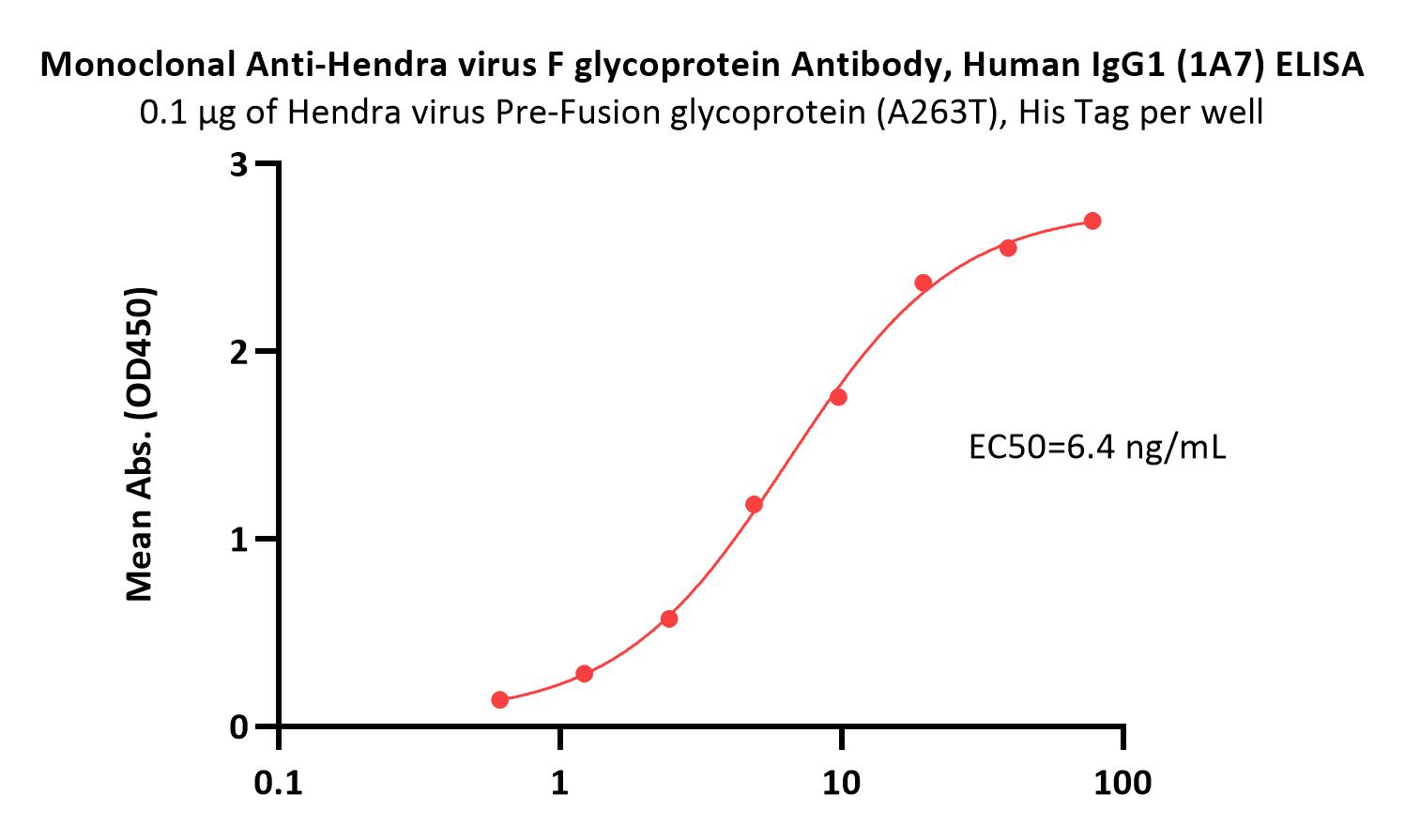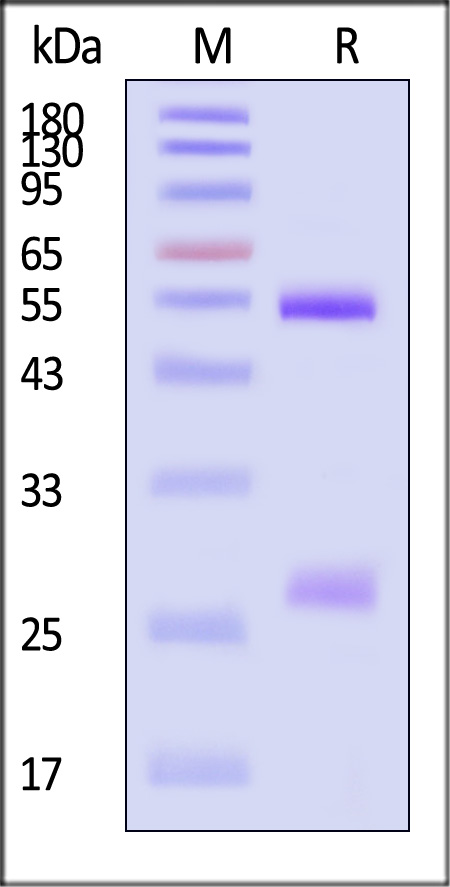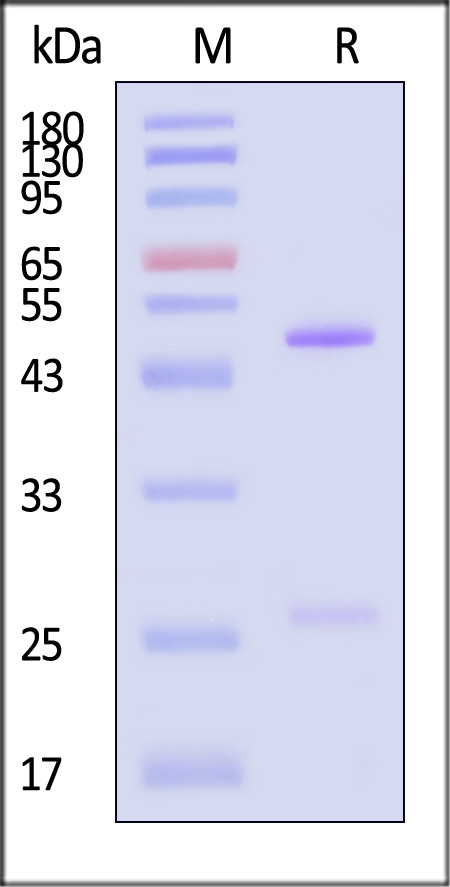





























 Limited Edition Golden Llama is here! Check out how you can get one.
Limited Edition Golden Llama is here! Check out how you can get one.  Limited Edition Golden Llama is here! Check out how you can get one.
Limited Edition Golden Llama is here! Check out how you can get one.
 Offering SPR-BLI Services - Proteins provided for free!
Offering SPR-BLI Services - Proteins provided for free!  Offering SPR-BLI Services - Proteins provided for free!
Offering SPR-BLI Services - Proteins provided for free!
 Thank you for choosing ACROBiosystems. Would you rate our product and service?
Thank you for choosing ACROBiosystems. Would you rate our product and service?  Thank you for choosing ACROBiosystems. Would you rate our product and service?
Thank you for choosing ACROBiosystems. Would you rate our product and service?
 Here come GMP Grade Cytokines!Free Sample is available!
Here come GMP Grade Cytokines!Free Sample is available!  Here come GMP Grade Cytokines!Free Sample is available!
Here come GMP Grade Cytokines!Free Sample is available!

Immobilized Hendra virus Pre-Fusion glycoprotein (A263T), His Tag (Cat. No. FUN-H52H4) at 1 μg/mL (100 μL/well) can bind Monoclonal Anti-Hendra virus F glycoprotein Antibody, Human IgG1 (1A7) (Cat. No. FUN-MY2097) with a linear range of 0.6-9.8 ng/mL (QC tested).

The purity of Monoclonal Anti-Hendra virus F glycoprotein Antibody, Human IgG1 (3F4) (Cat. No. FUN-MY2098) is more than 90% and the molecular weight of this protein is around 135-160 kDa verified by SEC-MALS.
This web search service is supported by Google Inc.









